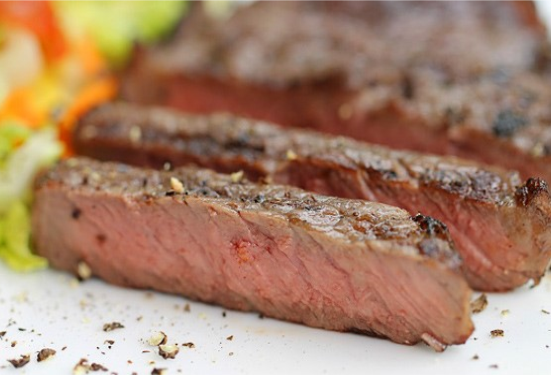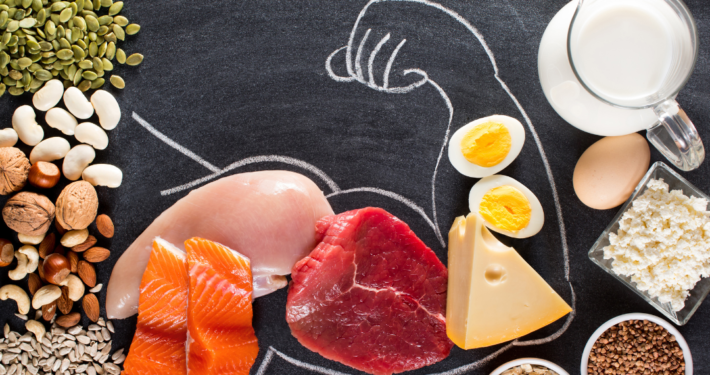Actually not true the innuit did have some plants in their diet. Also they have genetic adaptations from living in that envrionment and with that diet for thousands of years. For example because they have a very low carb diet they have a genetic adaptation to make it much harder for their body to go into ketosis then other people hence they get fat more easily on a modern diet. Who knows maybe they are also genetically adapted to need less vitamin C than other people.
Here is the AI overview regarding their diet:
"The traditional Eskimo (Inuit) diet is primarily carnivorous, relying heavily on hunted animals like seals, caribou, whales, and fish. While plant foods are not the core of their diet,
they do include berries, grasses, tubers, roots, stems, and seaweeds, especially during the summer months.
"While the diet provides a
substantial amount of vitamin C from the raw meat and fish, and some from berries and seaweed"
Berries: A source of vitamins and antioxidants, often consumed fresh or dried.
- Seaweed: A source of minerals and potentially vitamin C, particularly important in regions where scurvy was a concern.
- Roots and Tubers: May provide some carbohydrates and minerals, especially when other food sources are scarce.
- Grasses: Can be a source of roughage and some nutrients
Besides they eat a lot of their meat raw. When you cook meat it destroys most of the vitamin C. Do you eat your meat raw? I certainly don't eat raw meat.


